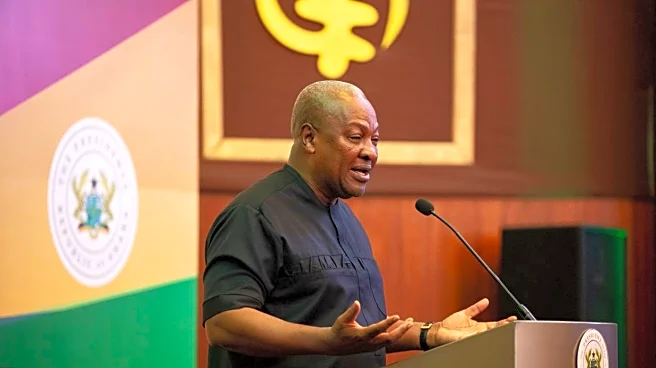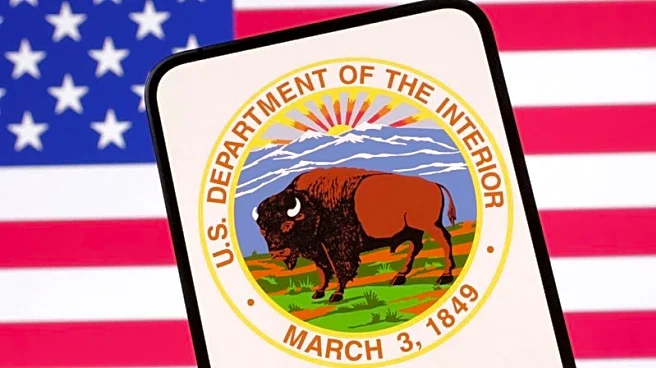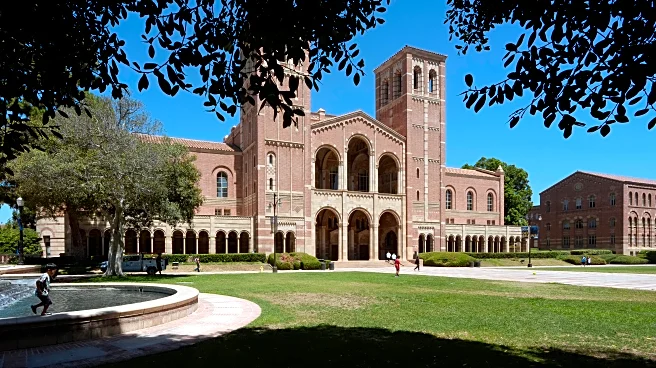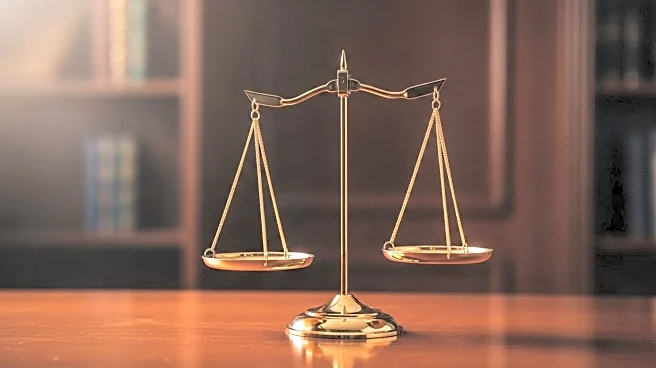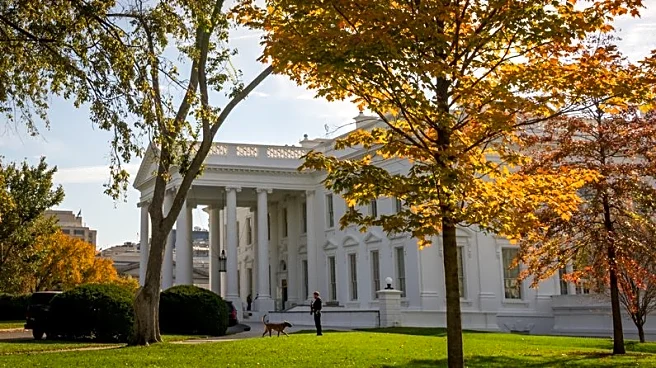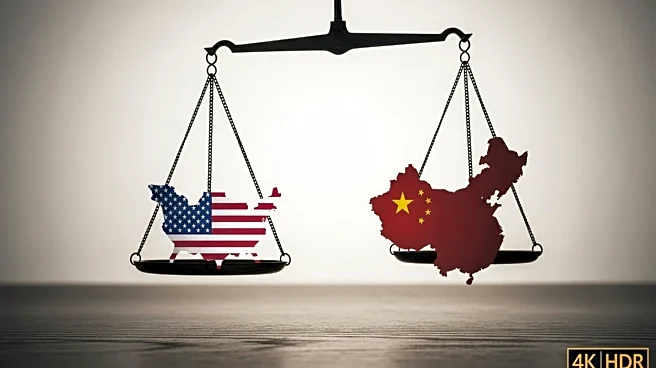What is the story about?
What's Happening?
The Trump administration has announced plans to remove certain historical information related to slavery from national parks. Among the items to be removed is a historic photograph known as 'The Scourged Back,' which depicts the scars on the back of a formerly enslaved man named Peter. This decision has sparked controversy and debate over the representation of slavery in public historical sites. The move is part of a broader initiative by the administration to revise educational materials and displays in national parks, which some critics argue could lead to a whitewashing of history.
Why It's Important?
The decision to remove slavery-related content from national parks has significant implications for how American history is taught and remembered. National parks serve as educational resources for millions of visitors each year, and the removal of such content could impact public understanding of the nation's history of slavery. Critics argue that this move could diminish the recognition of the struggles and contributions of African Americans throughout history. The decision may also influence public policy and educational standards, potentially affecting how history is taught in schools and other public institutions.
What's Next?
The removal of slavery-related content from national parks is likely to face legal challenges and public protests. Advocacy groups and historians may push for the preservation of these historical materials, arguing for their importance in educating the public about the full scope of American history. The administration may also face pressure from lawmakers and civil rights organizations to reconsider or halt the removal process. The outcome of these debates could set a precedent for how historical content is managed in public spaces across the country.
AI Generated Content
Do you find this article useful?




